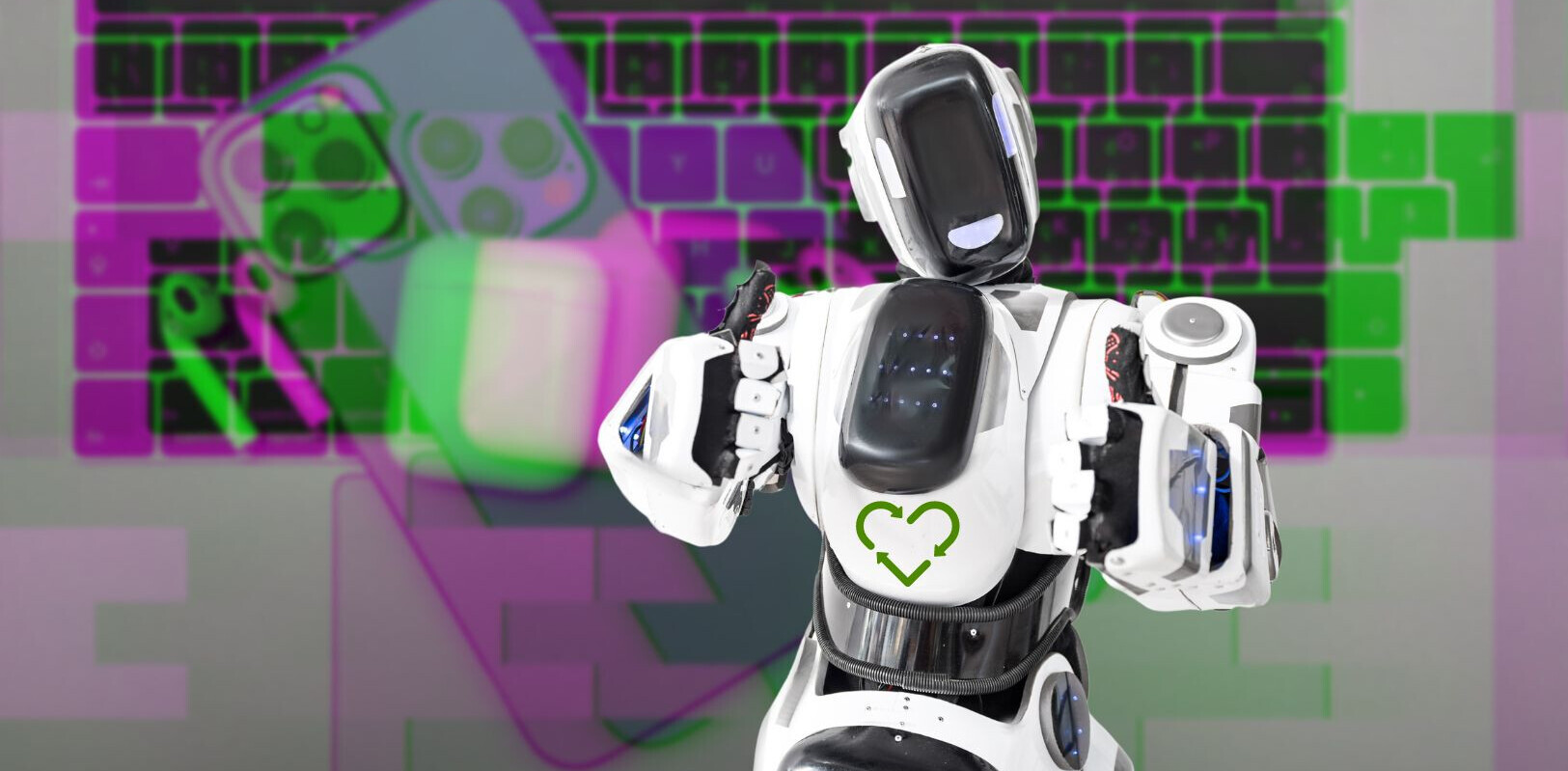
Your home is your largest gadget. It’s teeming with all your electronics that outside of Wi-Fi and Bluetooth connections, rarely talk to each other in any meaningful way. Over the past few years, companies have attempted to create a more connected home with the Internet of Things, but with limited success. Reportedly Apple is ready to make your home and your devices BFFs.
According to the Financial Times Apple is jumping into the space with its own smart home system. While companies like Belkin and Philips have had products on the market for years (the WeMo and Hue respectively), the tech giants like Apple, Google, and Microsoft have been watching from the sidelines. Now Apple reportedly wants in and it could fix the biggest problem with the Internet of Things/Connected Smart Home — protocol fragmentation.
Current systems and devices use one or more of a variety of wireless protocols to talk to each other. Besides Wi-Fi, there’s Z-Wave, ZigBee, Bluetooth and BACnet. Instead of a single network in a connected home, most are wireless mishmash of the above wireless protocols with most devices speaking a language other devices don’t understand.
Belkin is using Wi-Fi, while Philips opted for ZigBee LightLink with a hub connected to your router for smartphone access to the bulbs. Each needs its own app and this scenario is typical. Buy a device and you have to use the app and hub that came with it. Or, you can buy a single hub that works with everything, such as the $300 Revolv. Now you’re paying a premium just to use a single app to connect to your already pricey gear. This is where Apple could come in and fix a broken system.
It’s done it before. In 1998, Apple introduced the iMac with a USB port. The USB protocol had been available since 1995, yet PC makers were unable to get customers excited about the interface. Apple forced its customers to accept the new I/O and an industry followed.
Apple could do the same with the Internet of Things. Selecting a single protocol would force many of the current players in the space to align themselves with that protocol much like third parties started building USB peripherals in the late 1990s. Apple doesn’t even have to do any heavy lifting, it could align itself with an open-source system like Qualcomm’s AllJoyn.
Build it into the iPhone, iPad, Apple TV and Macs. Build a single app that supports all the devices that support AllJoyn. Of course Android devices would eventually jump on the AllJoyn bandwagon, but for a few months Apple could revel in being the leader in an emerging market. All that Apple clout could push the Internet of Things beyond the early adopters and into the homes of millions of iPhone and iPad users.
Everyone wins. Apple gets a useful feature in its new devices first, and Samsung and other Android and third-party hardware manufacturers finally have a firm protocol to follow to be part of the Internet of Things party. Unless Apple decides to keep it all to itself. Which would be a bad idea for everyone.
Apple’s proprietary Airplay system was great when it launched. Then Bluetooth audio got better and now most wireless speakers like the Jambox support that wireless connection. Apple created a closed system and initially some companies like Pioneer jumped on board, but the rest of industry opted for a standard that anyone could use without getting the blessing of a single company. It got left behind by its own closed-system hubris.
If Apple does the same thing with the Internet of Things, it might reap early rewards, but it will further splinter the already messy wireless protocol space. An Apple certified wireless protocol for the connected home wouldn’t go over well with third-parties already trying to figure how to link their devices with smartphones. Plus, if a company does decide to wade in Apple’s protocol pool, if it wants to build devices that work with Android, it has to add an additional wireless protocol to that device. We’re already in that mess.
Of course, Apple could create its own open-standard protocol. But unless it’s open source right out of the gate, hardware manufacturers might be wary of Apple’s open-standard promise. When FaceTime was introduced in 2010 it was supposed to become an open standard. That never happened.
The Smart Home, or Connected Home, or Internet of Things, or whatever you want to call it doesn’t need a new standard. It needs a company like Apple to lead the way with an open standard, something that works for all parties involved. WWDC could be the moment where Apple once again leads an industry. Or it could become another player in an already crowded game.
Get the TNW newsletter
Get the most important tech news in your inbox each week.





